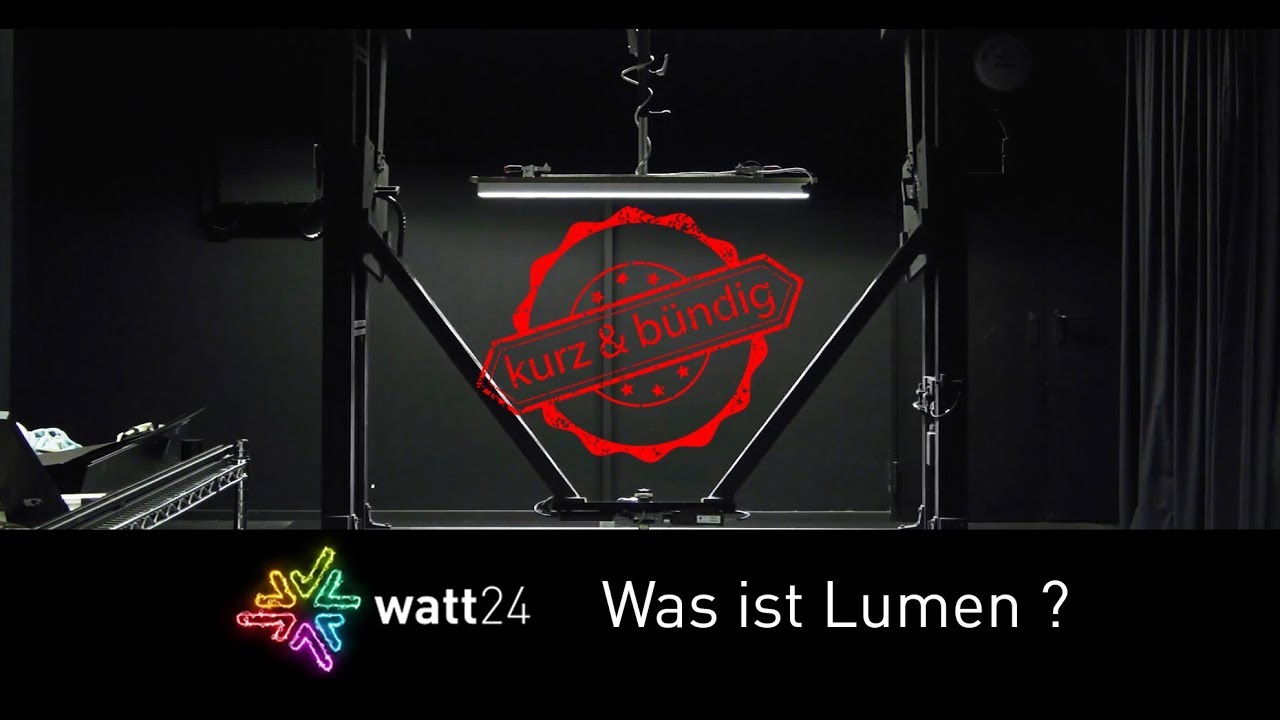Replace light bulb simply and efficiently with LED
Conventional light bulbs could be easily compared and distinguished in terms of brightness based on the wattage rating. The higher the wattage, the brighter the light. LED light sources are much more efficient. So how can the light bulb with LED be replaced without any loss of brightness?

New, modern LED lamps consume much less power, i.e. watts, for the same amount of light that conventional light bulbs produce. For many users, the question arises as to how replacement can be implemented without changing the quantity of light. What value should be considered when the wattage is no longer used as a reference?
The answer is lumen!
The lumen value describes the luminous flux of an LED lamp. We explain more about this in this video:

Calculate the correct lumen value
The first step in successfully replacing the bulb is therefore to determine the lumen value of the old bulb.
This guide value can be calculated quite simply using the following formula:
10 x original wattage = guide value lumen value
For example, a 100 watt light bulb can reach about 1,000 lumens. It should therefore be replaced with a suitable LED variant that has this lumen value. Information regarding the luminous flux can be found under the technical data in our online shop or in the respective data sheet of the LED lamps.
Why all this effort?
What a conventional light bulb with 100W does, a LED bulb with 10W does. So you can save up to 90% of energy when you change your bulb. And that is cash money!
LED lamp: save energy and dim comfortably
An ideal example of an LED lamp that produces a luminous flux of 1,000 lumens with 10W is the Ledvance LED lamp.
They strike with an additional cool feature: they are dimmable - without external accessories. Simply screw it into the existing luminaire and off you go: by repeated, quick switching it can be dimmed from 100% down to 10%.
This process is explained in more detail in the following video:
